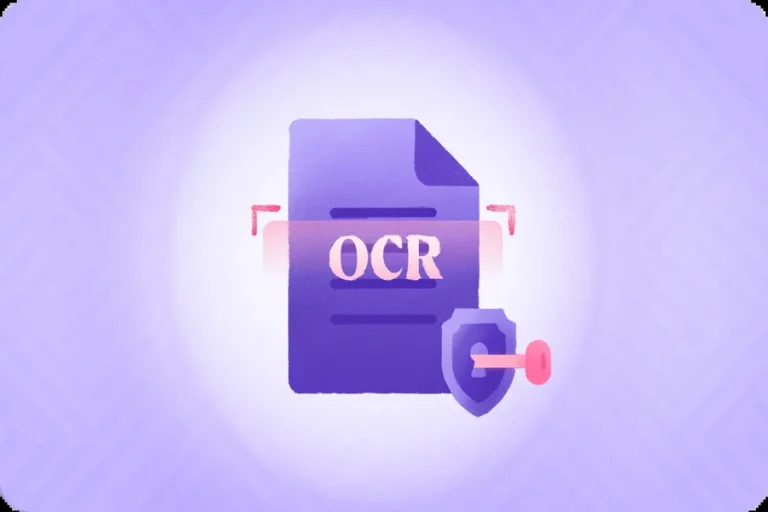Enhancing Software Testing Services with AI-Powered Testing Tools

Modern software delivery demands both disciplined processes and adaptive automation. To build a strong foundation, start with software testing services that focus on essentials: clearly defined acceptance criteria, risk-based planning, and a pragmatic testing pyramid (unit tests + API as the backbone, with a thin layer of business-critical UI tests). Robust test data and environment management—through snapshots, factories, or ephemeral setups—ensures consistent results. Meanwhile, non-functional checks like performance, security, and accessibility scans act as safeguards, preventing regressions from reaching production.
Integrating these elements into CI/CD pipelines creates a structured flow:
- Pull Request (PR) Stage: Quick lint, unit, and contract checks in minutes.
- Merge Stage: API and component testing.
- Release Stage: Lightweight end-to-end testing with non-functional validation gates.
To ensure accountability, publish dashboards tracking metrics such as pass rates, runtime, defect removal efficiency (DRE), leakage, and mean time to recovery (MTTR). This keeps decisions evidence-based rather than assumption-driven.
Leveraging AI for Smarter Testing
Once the backbone is in place, AI can enhance efficiency where it adds the most value—test generation, prioritization, and maintenance:
- Language models can suggest test cases from user stories, which reviewers then refine before automation.
- Impact-based test selection ensures only the most relevant regression tests run with each change, reducing cycle times without increasing risk.
- Visual comparison tools and anomaly detectors catch layout or performance drifts early.
Flaky tests are treated as defects: isolate them in quarantine, track their causes, and attach logs, traces, and videos for faster triage. The result is a continuous, predictable flow of quality, replacing the last-minute testing crunch.
Scaling with AI-Based Testing Tools
Adding AI testing tool further improves resilience and coverage:
- Enable self-healing tests with conservative thresholds and require human approval before committing locator updates.
- Version all prompts and generated artifacts to ensure auditability.
- Protect sensitive data through synthetic datasets and least-privilege access policies.
A 30-Day Adoption Roadmap
- Week 1: Define KPIs, implement API smoke tests on key user flows, and seed deterministic data.
- Week 2: Add lightweight UI smoke tests, activate conservative self-healing, and attach artifacts to every failure.
- Week 3: Introduce impact-based test selection and wire performance/accessibility checks as release gates.
- Week 4: Expand contracts across services and compare KPIs—runtime, flakiness, and defect leakage—before and after adoption.
The Outcome
With this structured approach, success is clear:
- Faster PR validations
- More stable release candidates
- Fewer escaped defects
- Reduced test maintenance hours
By combining disciplined testing practices with adaptive AI tools, organizations achieve the best of both worlds—speed and reliability—without compromising safety or quality.






